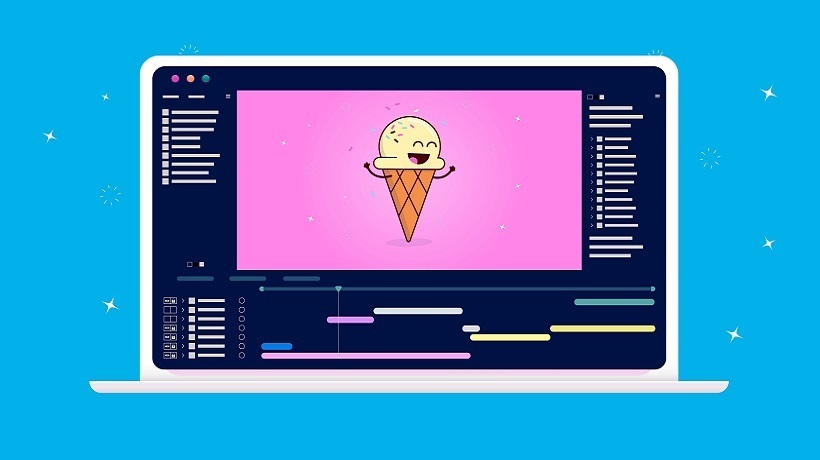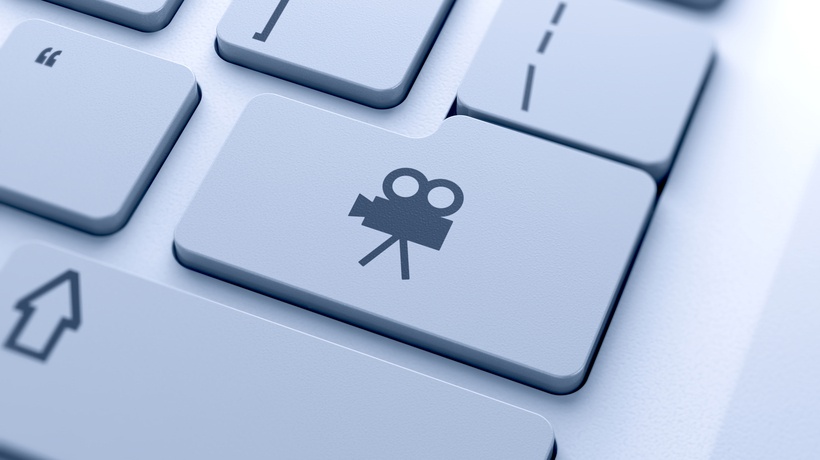How To Make Animation For Educational Purposes Work
I’m sure you’ve heard about Khan Academy or TED-Ed, and you must have noticed that most (if not all) of their content comes in the form of animated videos. Talking about the effectiveness of educational animations is kind of clichéd now, so to save time, I’ll go straight to your main concern: 3 important points to remember to make animation for educational purposes work.
1. Choose The Right Content
Remember the mantra “Less is more,” do try to memorize it and internalize it.
The beauty of eLearning is leveraging learners’ experiences with technology. Throwing a 500-page textbook at them simply doesn’t work anymore. Too often students find that they have too much on their plates due to unnecessary information. Thus, the key is to be selective and opt for the most important information only. This helps your learners grasp the big picture and keep them focused, eventually leading to better learning outcomes.
Minimalism can be challenging to practice and you might accidentally throw out something crucial and affect the learning objectives. So how do you know if you’re successfully sticking to the essentials? Very simple, ask yourself the following questions:
- What are the main questions that I want my students to be able to answer after finishing the course?
- Is what I’m teaching applicable?
- What will students miss out on if they aren’t taught this part?
- If I don’t include this part, can they look it up anywhere else easily?
- Is this too much for this certain level (e.g., beginners)?
2. Choose The Right Style
Animations are diverse and can be used for many, many purposes. Here’s a shortlist of the most popular types of animations:
- 2D cartoon animation
- 3D animation
- Motion graphics
- Hand-drawn animation
- Whiteboard animation
- Infographic animation
- Stop-motion animation
I get that you might be overwhelmed by the sheer number and weird names. In fact, each type offers its own advantages and one is not better than the other. If you are having a hard time deciding, keep reading and we hope we can help you make up your mind.
First, Ask Yourself: Who Are You Teaching?
The audience comes first, you should design your course based on the behaviors and demands of online learners. Who are they? Are they K-12 students? Or are they corporate employees? Each type of learner has their own taste in animation. By understanding their needs, you can produce animation that attracts them and increases their learning quality.
K-12 Students
Animations that you see on Cartoon Network are the kinds that best attract this type of audience. This is pretty obvious considering how fun and beautiful those cartoons are. That said, to produce such quality, it takes a lot of time and effort to produce. It‘s not impossible to achieve but also unnecessary. You can meet your goals with only motion graphics, which offers high quality but doesn’t involve the hassle. However, there are 2 things you need to remember when making animations for kids:
- Use vibrant colors
Children love colorful things. A wide variety of colors also gives off a happy vibe, making the lessons more fun and lively. - Use fun character designs
Learn from Cartoon Network and have fun with your characters. Shapes alone can deliver many emotions and invoke feelings. The keyword here is fun. The more fun your course is, the more enthusiastic kids will be.
Suggestion: motion graphics with eye-catching visuals and appealing sound effects
Higher Education Or Corporate Employees
Animations for this type of audience need to be academic and professional. Corporate employees and people in higher education have to deal with a lot of charts and figures every day, so it’s very likely they’re fed up with them. So despite being professional, animations should also be fun enough to lift the atmosphere. In short, you will need:
- A formal design
- More text: This is very risky, in fact, text is crucial to this kind of animation, but too much text is going to be counterproductive.
Suggestion: motion graphics, infographic animation, and typographic animation
Next Up: What Are You Teaching?
Subject With Facts, Charts, And Numbers
Topics like science entail a lot of logical data, which takes extreme mental effort to process. There’s a certain rigidity to these subjects and you should keep making sure you are accurate.
Suggestion: motion graphics, infographic animation, typographic animation, and whiteboard animation
Fine Arts And Music
You can go all out with this, and frankly, you should. Simple whiteboard animations surely do the job but something extravagant would be even better.
Suggestion: traditional animation
In short, choosing animations might seem challenging at first, but when you understand your audience, it will be a breeze. As long as you know who you’re targeting and what you’re teaching you’ll be just fine.
3. Be Creative
Like I’ve said before, the keyword is fun. Online learning on your own can be discouraging sometimes since there’s a vast amount of information but no friends to hold you accountable. Using animation for educational purposes is beneficial for making learning more entertaining while remaining informative. Animations should be fun no matter how complicated and academic the topic is.
- Tell stories
Lots of educational organizations transform their lessons into motivational and inspiring stories. When human factors are added to the video, students can relate and connect to the course. The more realistic your animation is, the more appealing it becomes. - Use humor
You don’t need a comedian to liven up your course. Fun is in everything, design and content, text, and voiceover. Experiment and find out what your students like and stick to that.
There are many benefits to using animation in education. You can boost students’ engagement, give them a better learning experience, and subsequently yield better learning outcomes. But to do so, you need to know how to wield the sword. Choose the right format and create the right content, add a little bit of creativeness and you can make animation work to its full potential.









